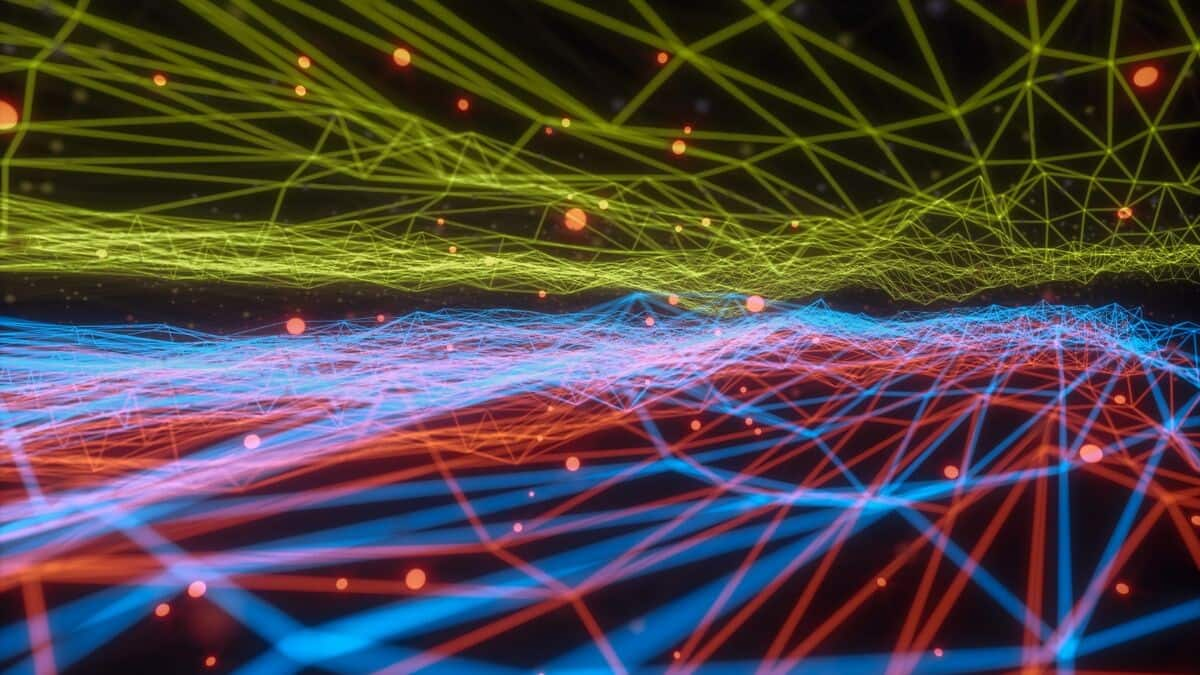
Scientific breakthrough: Quantum, conventional data transmitted via same fiber-optic cable
What's the story
In a groundbreaking experiment, scientists have successfully transmitted both quantum and conventional internet data through the same fiber-optic channel. This significant achievement was documented in a study published in the journal Science Advances. The research indicates that quantum data, represented by entangled photons, can coexist with traditional internet data transmitted as laser pulses within a single fiber-optic cable.
Quantum leap
A breakthrough in quantum communication
The successful transmission of both quantum and conventional data through a single optical fiber marks a significant advancement in the field of quantum communication. This achievement challenges previous research that suggested separate infrastructure or dedicated channels were required for quantum data to avoid interference from "classical" data. The new "hybrid" network could possibly allow for more efficient implementation of quantum communications by enabling both types of data to share the same infrastructure.
Technical hurdles
Overcoming challenges in creating hybrid networks
Creating hybrid networks is a complex task due to the delicate nature of quantum data transmission via fiber-optic cables using entangled photons. Entanglement, a state where two qubits share information irrespective of their relationship over time or space, can be easily disrupted by environmental disturbances such as noise or interference from other signals. This disruption, also known as "decoherence," causes the qubits to lose their quantum state and results in data loss.
Solution
Innovative technique enables simultaneous transmission
To overcome the challenges of creating hybrid networks, scientists used an innovative technique called electro-optic phase modulation. This method permitted them to precisely adjust the frequency of laser pulses to match the color of entangled photons. As a result, both types of data could be transmitted in the same color channel without disrupting quantum information held by entangled photons.
Quantum potential
It could revolutionize quantum computing applications
The successful transmission of both quantum and conventional data in the same channel could potentially free up other color channels in the fiber-optic cable for more data. This development is crucial for making applications of quantum computing, like quantum cryptography and ultra-secure communications, more practical and scalable. "Our research is an important step to combine the conventional internet with the quantum internet," said study co-author Michael Kues.